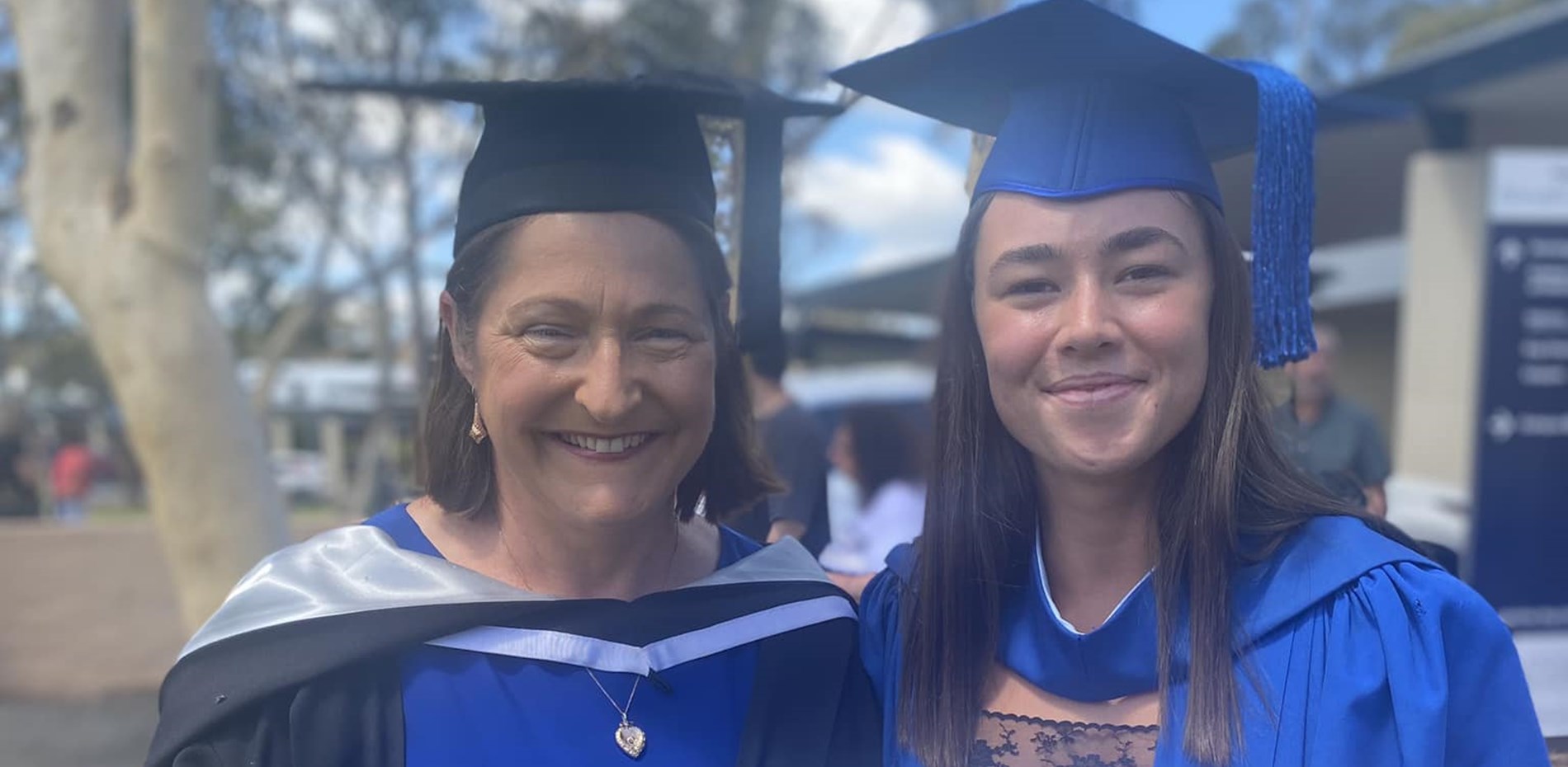THE HON STEPHEN JONES MP
ASSISTANT TREASURER
MINISTER FOR FINANCIAL SERVICES
MEMBER FOR WHITLAM
ALISON BYRNES MP
MEMBER FOR CUNNINGHAM
FIONA PHILLIPS MP
MEMBER FOR GILMORE
The University of Wollongong (UOW) has been selected to train 425 students through the allocation of an additional 4,001 Commonwealth supported places in STEM courses to help grow the skilled workforce required to deliver the AUKUS program.
The Albanese Government is investing $128 million to fund the extra university places over four years, starting in 2024. These additional places will apply to 38 STEM-related courses, designed to attract more students to train in engineering, mathematics, chemistry and physics.
It is fitting that UoW has been selected to deliver this training given it boasts the largest medical physics training program in the southern hemisphere and is also the only institution in Australia to offer a basic radiopharmaceuticals program, through its medicinal chemistry course.
UOW has an enduring and strong relationship with specialised research organisations like ANSTO and have over many decades developed strong, longstanding relationships centred around collaborative research at ANSTO’s major infrastructure at Lucas Heights and the Australian Synchrotron in Clayton, Victoria.
The university was also the first Australian academic institution to obtain a fully accredited Master’s and PhD program with the Australasian College of Physical Scientists and Engineers in Medicine.
Students will be eligible to apply and commence their studies for STEM-related courses from the beginning of next year.
Of the 4,001 additional places, over 1,000 will be allocated to South Australian universities to support the construction of submarines in Adelaide.
As part of the allocation, universities were assessed against the ability of proposed courses to meet the increased demand for advanced technical skills. Other criteria included planned investments to engage quality teachers, the expected level of unmet demand from students, plans to support the expansion of enrolment levels and initiatives to increase participation of students from underrepresented backgrounds.
To find out more, visit the Department of Education website.



